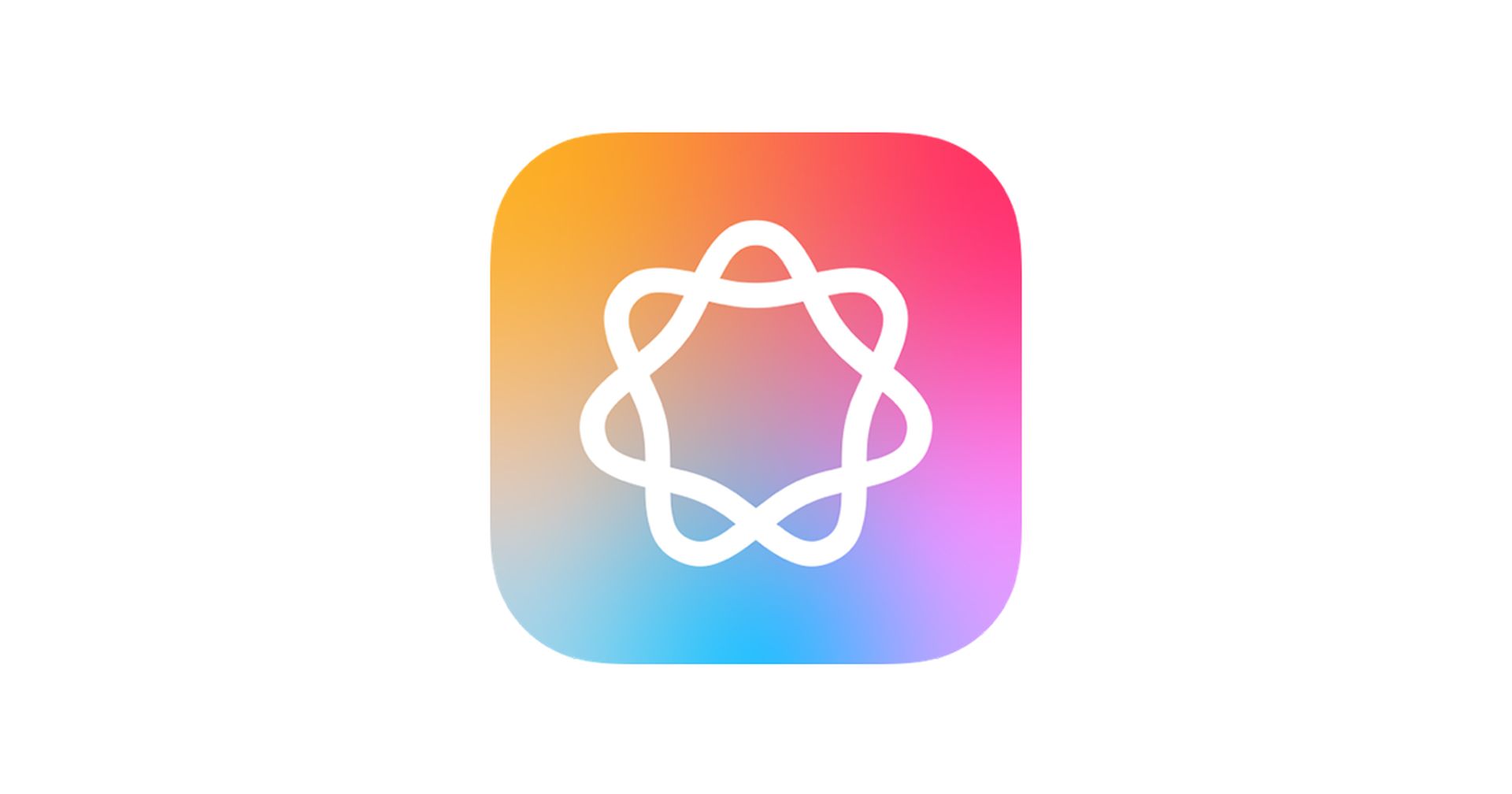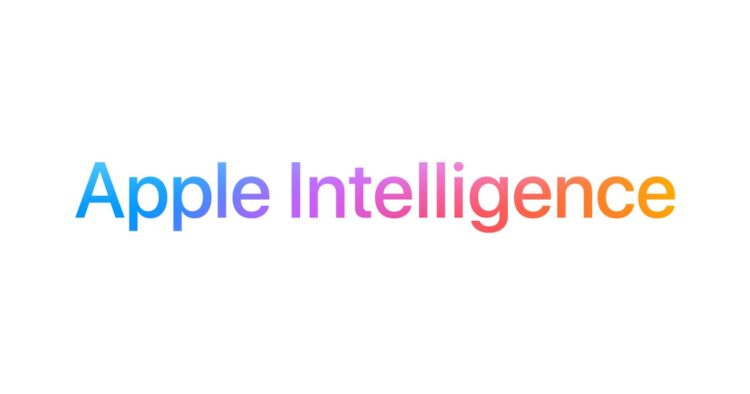Apple’s path with artificial intelligence (AI) keeps it focused on privacy and user experience and less on rushing to meet its competitors. With new AI-driven features launching next week with iOS 18.1, Apple is dedicated to its new technologies, passing those high standards before users use them.
The first phase of a long-term strategy will begin when iOS 18.1 launches. More recently, Apple’s head of software, Craig Federighi, was kind enough to speak with The Wall Street Journal to explain Apple’s chance approach. Federighi said that instead of rushing to add more advanced AI to their systems, many companies do the opposite, and he added that Apple is taking its time and checking everything to ensure everything works smoothly.
Why Apple’s slow AI rollout prioritizes privacy over quick results
Federighi also told me in his interview that Apple doesn’t like shortcuts in its AI development. “This is a big lift,” he explained, outlining the philosophy that drives Apple’s methodical release of its AI tools. Instead, the idea is to get the technology out there and improve over time rather than trying to build every feature simultaneously and having some half-finished or broken features.
So, what’s in the first batch of AI features in iOS 18.1? Writing Tools, notification summaries, and even a Clean Up tool in Photos that removes unwanted objects. Importantly, Apple is unwilling to allow most data processing in the cloud, except for more intensive tasks being done on its Private Cloud computing system. They designed it to protect user privacy, so no data is stored or used to train AI models, something that all other companies typically do.

Apple, unlike other tech giants, prefers a cloud-first approach. Other tech giants tend to follow trends only if they might yield a good user experience. On the other hand, Apple is interested in chatbots that accomplish activities such as resolving intricate questions and creating poems. For instance, Siri is mainly limited to daily tasks such as sending texts or controlling a smart home device.
Federighi said this privacy-conscious approach also means Siri can’t offer chatbot-like answers to some topics, like quantum mechanics. However, Apple’s strategy remains consistent: Instead, it concentrates on ensuring that the AI works best for the user and thus doesn’t adopt new features solely to keep up with the industry.
What’s next for Apple Intelligence?
Though Apple is taking its time, more advanced AI capabilities are on the horizon. Some new Apple features will be available later this year. iOS 18.2 will be released before the end of the year. iOS 18.4 will be released in March 2025 and will introduce significant upgrades to Siri. These include context-aware commands, enhanced app control, and improved understanding of user preferences, marking a major step in making Apple’s virtual assistant more intuitive.
Apple’s AI rollout will initially be limited to U.S. English. Still, additional languages are expected next year, and with Apple’s AI-related updates, privacy and control over personal data remain key principles.
One feature that stands out in Apple’s measured approach is the Clean Up tool in Photos. While many competitors focus on AI-generated image manipulation, Apple has chosen a more conservative path. Federighi explained that photographic content is viewed as a representation of reality, so Apple avoids adding features that might distort this.
By allowing users to clean up their images without adding unrealistic elements like background alterations, Apple is ensuring that photos remain a trustworthy record. This reflects the company’s commitment to ensuring its AI tools help users without crossing into territory where the line between real and artificial becomes blurred.
The process will remain slow and thoughtful as Apple expands its AI capabilities. Federighi highlighted that developing Apple Intelligence features are part of a “many-year, honestly, even decades-long” journey. Apple is taking its time with AI. The company focuses on user experience and privacy, aligning with its core values.
Image credit: Apple





